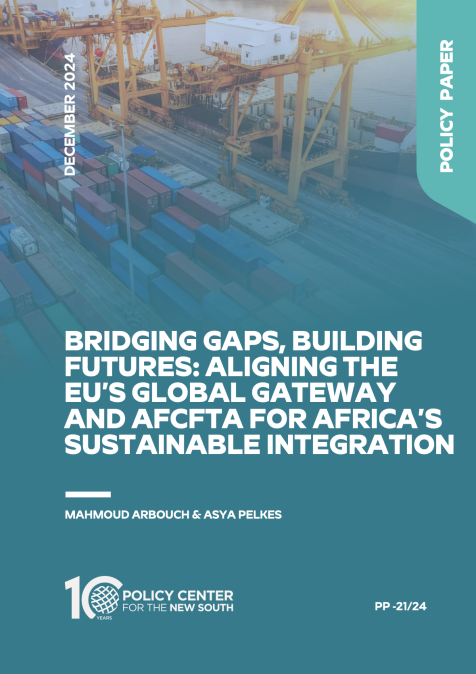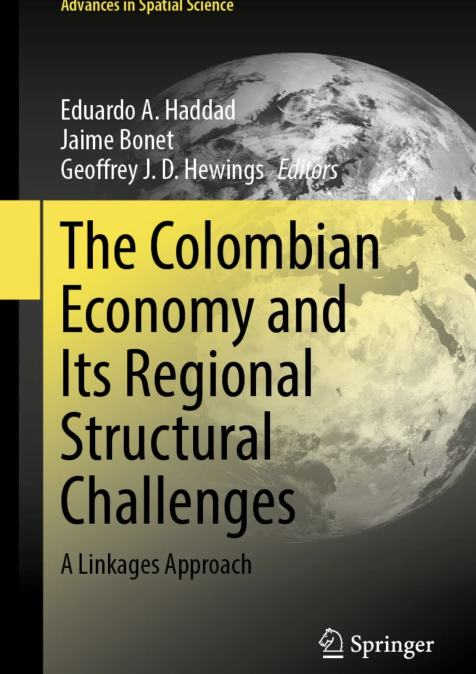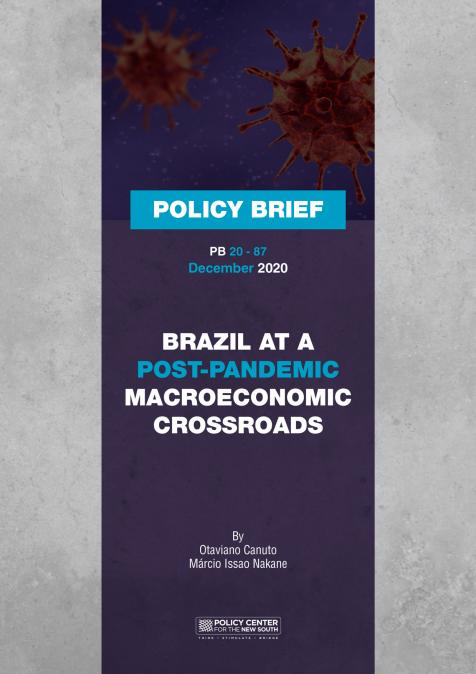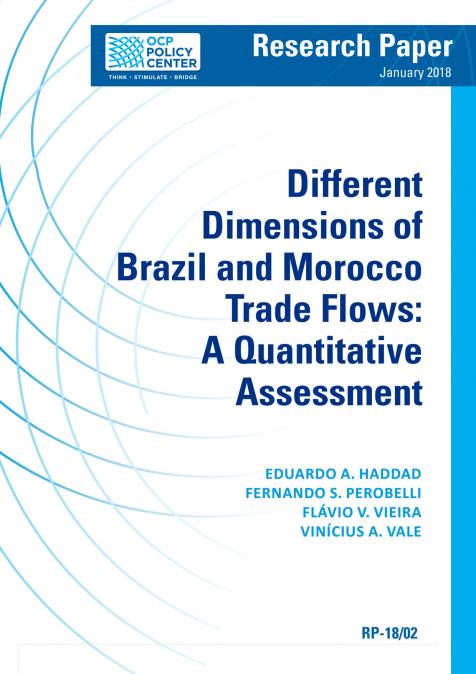Publications /
Research Paper
We estimate the contents of services value-added incorporated in goods exports in different countries in Latin America, exploring the local dimension of the results. We use inter-regional input-output analysis to trace and map domestic value-added embedded in those countries’ exports. We add to the discussion of global value chains the internal, withincountry geography of trade in value-added, since the set of locational preferences that help understanding the spatial patterns of natural resource-intensive activities differ dramatically from that for services. The decoupling of the patterns of value-added in non-services and services activities reveals a potential new form of “geography of discontents” in the region.









